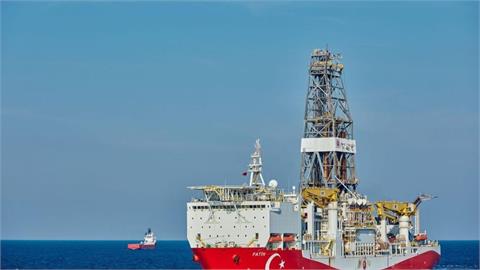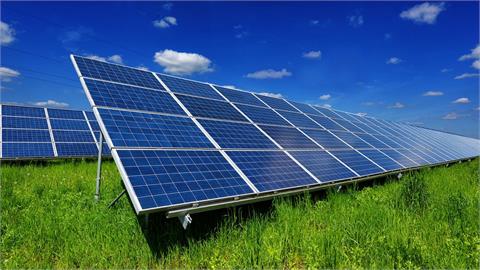Turkey has nearly 70 gigawatts (GW) of technical potential for offshore wind, according to a new World Bank Group report, Going Global: Expanding Offshore Wind in Emerging Markets, released Thursday.
The report presented eight case studies on the technical potential for offshore wind in Turkey, Brazil, India, Morocco, the Philippines, South Africa, Sri Lanka and Vietnam, where the technical potential is calculated based on wind speed and water depth. For offshore areas within 200 kilometers (km) off the coast, the technical potential for offshore wind in these eight countries totals about 3.1 terawatts, according to the World Bank.
This amount is well above these eight countries' current installed power generation capacity and about three times the installed electricity generation capacity of all 28 EU countries, the World Bank said. The report also detailed Turkey's technical potential for offshore wind. "The most attractive areas for offshore wind lie in the northwest in the Aegean Sea where wind speeds rise to 9 meters per second (m/s)," the report said.
It added that the largest area has a technical offshore wind potential of 6 GW fixed and 19 GW floating. A fixed offshore wind farm means that turbines sit on a stable base, but this configuration is only suitable in waters up to 50 meters deep. However, floating offshore wind farms are tethered to the seabed for stability and to reduce drift. These wind farms allow additional wind power generation at water depths exceeding 50 meters.
Turkey wants to add offshore wind to its energy mix in the coming years, and based on this aim, the country plans to offer, for the first time, a total of 1.2 GW of capacity with a total investment volume forecast to exceed $3 billion. "The Sea of Marmara and the Black Sea have good wind speeds of 7–8 m/s. There are many pockets of opportunity along the western coast and to the southeast," the World Bank stressed.
Areas with water depths of less than 50 meters have the technical potential to generate a total of 12 GW and in waters of 1,000 meters depth, a further 57 GW, according to the report.
- "Turkey's transmission networks quite strong"
The World Bank added that areas to the north must account for shipping lanes between the Aegean Sea and the Black Sea, although these can be facilitated by careful planning. "As all the areas are coastal, projects must engage local stakeholders and manage visual impacts, especially their effect on tourism," it warned, adding that due to heavy marine traffic in the Marmara and Black Sea coasts, careful navigational planning will be required.
The World Bank said that as transmission networks to demand centers in the north and west are quite strong with 380 kilovolt (kV) and 154 kV lines, reinforcement will be needed to accommodate offshore wind, especially for projects of more than 1 GW. The Group underlined that Turkey has some synergies with the wider European offshore wind market, but no offshore wind farms have yet been built in the Mediterranean.
- More foreign investor interest expected
Gulay Ucar, an energy expert at GOO Energy and Investment Consultancy, said that Turkey has greater potential in offshore wind energy than many European countries. "Therefore the interest of foreign investors in the offshore wind energy projects is expected to increase over time. This increase is expected to expand to projects worldwide thanks to rapid improvements in technology," she explained.
Ucar stressed the number of projects that will help Turkey realize its offshore wind potential is projected to boost over the next five years. "Turkey needs to make this potential count. I think Turkey can attract almost $3 billion of offshore wind investment in the medium term," Ucar noted, adding that the required regulations need to be put in place to facilitate investor interest in the sector.
(Anadolu Agency)



